I am Grateful for:
I’m grateful for my seven children, all of whom are different and amazing. Raising them was a learning experience for me. With their help and forgiveness, I was able to understand what I didn’t know and grow in ways I wasn’t aware I needed to. Then, despite the challenges my growth made for them, they loved me and still do to this day. Amazing!
I’m grateful for sixteen wonderful, funny, busy, and occasionally annoying grandchildren. LOL I am also grateful for four great-grandchildren and one on the way. There is learning that happens with grands and greats, but it is less intense, and the opportunities for fun are increased. : )
I’m grateful for the additions to our family via marriage. I have kind and gentle daughters-in-law and loving, generous sons-in-law. They add much to my life and our whole family. I’ve also been blessed with more grands and greats. Awesome!
I am grateful for our family reunions. We had one this year. What a marvelous opportunity to hug and play with my grands and greats, and to watch my children in action. It makes me proud and grateful.

This is all of us at our July reunion, except for our grandson Kane and his wife Lauren, our grandson Michael, and three of our great-grandchildren, Spencer, Angelina, and Jaidon. They were sorely missed. Hopefully, they can join us for the next one.
I’m grateful for Don and 54 years of being together through thick and thin! Sometimes it seemed as if we might not make it because it could be really thick and then darn thin, but make it we have. Thank goodness! He has been the safest person in my life and my true friend. Today, I love him even more because now, I know him!

I’m grateful for parents and grandparents who did their very best in some trying times and raised me to be a productive, loving, learning, growing, and happy person. It has been a blessing to have my mother living with us for the last eight years. You never know when the opportunity to do some more growing is going to come. I embrace them all, even when they are stretching.

I’m grateful to have been a part-time caregiver to my granddaughter Maggie, who brings joy to my heart; to Don, who still lifts my spirits and heart, despite his health challenges; and to my mom, age 95, with whom I have been able to have a deeper relationship. They have all taught me life lessons that have helped me improve my way of being and become a more understanding person.
I’m also so grateful to have had Maggie, who has cerebral palsy, and Clark, who has autism, in my life. Once you deal with the challenges of special needs with those you love, you’re more understanding. You’re free from fear and can reach out to those outside your family circle who struggle with special needs. And although it can be hard, I am grateful all my grands have had the opportunity to be around special needs, too. They are not afraid of those who are different from them. It’s been a blessing to our entire family.
I’m grateful for five sisters and three brothers. The brothers have all gone home, but we feel them with us, helping us out. We hear Boe’s jokes from where he is. : ) As for the sisters, we love and enjoy one another. It’s nice to have a ready ear to run something by. It’s also nice when they share their clothes because then I don’t have to go shopping. Happened again just this week. LOL Thanks sistas!

I’m grateful for the wonderful friends who read what I write, let me know that it helped them, and that it mattered. This gives great meaning and purpose to my life. They do not know how much it means to me, but I want you all to know. It matters, so I hope you keep reading and sharing.
I’m grateful to my Heavenly Father and Jesus Christ for daily lessons in charity, kindness, and service. They honor me with their trust, and even on the days that I don’t measure up, I know I am loved and watched over. This has been the most valuable thing in my life. I felt this love and trust in that long-ago time when I felt suicidal, and I feel it now, when the days can be chaotic and challenging. This knowledge has saved me. It has blessed me, and it’s what gives me the strength and wisdom to keep going.
I’m grateful for every experience I have had up to this point, both good and bad, because I know that God has made them for my good and that he will continue to do so.
I could go on and on. At this point, I have so many dear friends that I don’t dare name any, lest I forget someone. But I regularly connect with them, and it lifts my spirit and feeds my soul. I value the phone calls, visits, and lunches. I’m strengthened by seeing your faces, hearing about your life, and in turn sharing mine. This is a gift that keeps me going.
I hope you have a restful, peaceful, and thoughtful Thanksgiving. May we all be blessed with love, opportunities to serve, share, learn, and grow, and moments of joy, in the coming year.

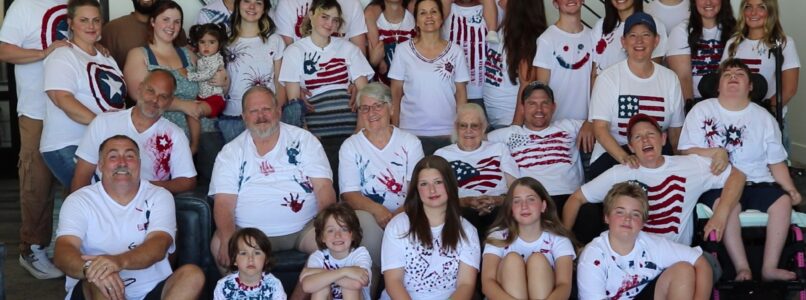
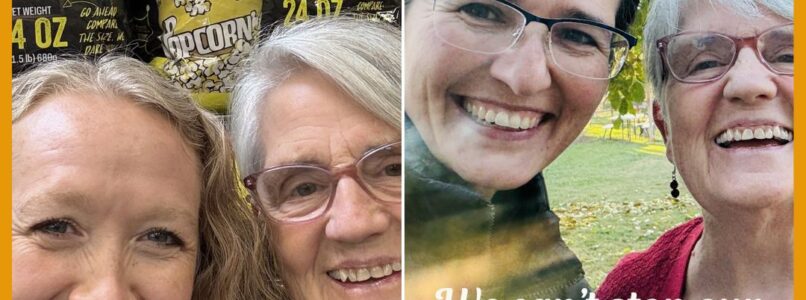
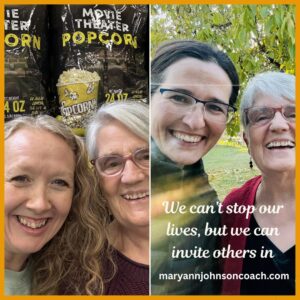 In an article I wrote in September 2024, titled
In an article I wrote in September 2024, titled 
 This week, I had an experience that brought to mind the importance of letting our kids know, daily, that we see them and that they matter. It brought back many memories of families I have worked with, parents I have mentored, and the huge impact I’ve seen when
This week, I had an experience that brought to mind the importance of letting our kids know, daily, that we see them and that they matter. It brought back many memories of families I have worked with, parents I have mentored, and the huge impact I’ve seen when 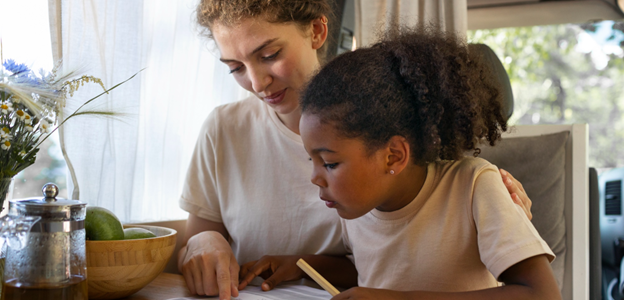
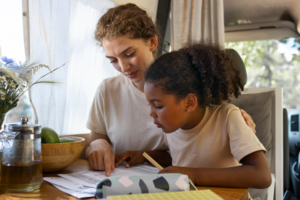

 Summer is the perfect time to learn about stars because after you do a few fun activities, you can lie under the stars as a family, breathe the air, and stare into the night sky. What a relaxing thing to do. As I said a few weeks ago, this summer I am sharing some old grandma school times I had with my grands back in 2011. Bigger kids like helping younger ones, so even though these are simple things, you can do them as a family and get the older kids involved. Just don’t pick a Friday or Saturday night. : )
Summer is the perfect time to learn about stars because after you do a few fun activities, you can lie under the stars as a family, breathe the air, and stare into the night sky. What a relaxing thing to do. As I said a few weeks ago, this summer I am sharing some old grandma school times I had with my grands back in 2011. Bigger kids like helping younger ones, so even though these are simple things, you can do them as a family and get the older kids involved. Just don’t pick a Friday or Saturday night. : )
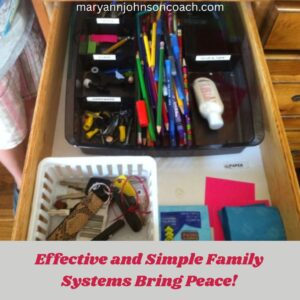 This week, as I walked with my friends Livia and Alysia, the conversation turned to their teens and the issues surrounding accomplishing things at home. At one point, Livia mentioned the need for successful systems. I told them how interesting the conversation was because I was working on my article for today, and it was about creating
This week, as I walked with my friends Livia and Alysia, the conversation turned to their teens and the issues surrounding accomplishing things at home. At one point, Livia mentioned the need for successful systems. I told them how interesting the conversation was because I was working on my article for today, and it was about creating 
 Let me tell you a moving story about my grandpa. My grandmother had passed away, and my grandfather who was in his late eighties, was living with his daughter and fading. I visited him and he was happy to see me. We talked for a while and then I visited with my Aunt Carol Lynn.
Let me tell you a moving story about my grandpa. My grandmother had passed away, and my grandfather who was in his late eighties, was living with his daughter and fading. I visited him and he was happy to see me. We talked for a while and then I visited with my Aunt Carol Lynn.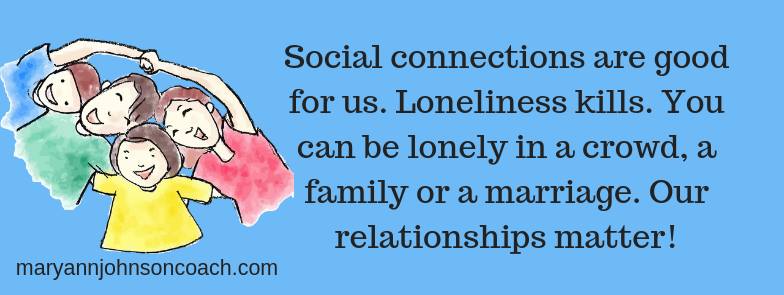
 I have a short list of thoughts/ideas I’m pondering. This list keeps important objectives at the front of my mind lest I forget. : )
I have a short list of thoughts/ideas I’m pondering. This list keeps important objectives at the front of my mind lest I forget. : )
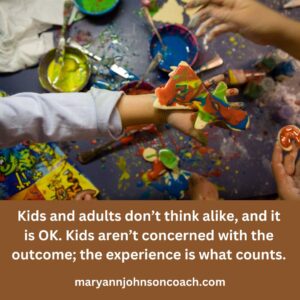 In the article published on
In the article published on
 My hairdresser, Emily, works out of her home. Most of the kids are in school but she has one little guy who is four and still at home during the day. We have fun conversations.
My hairdresser, Emily, works out of her home. Most of the kids are in school but she has one little guy who is four and still at home during the day. We have fun conversations.